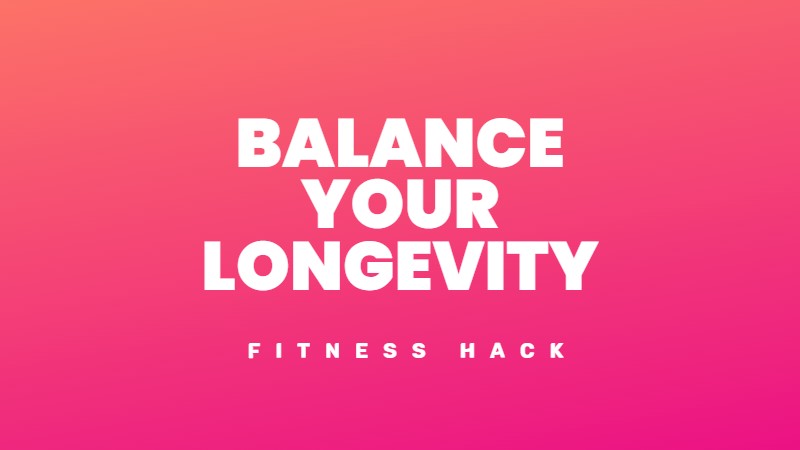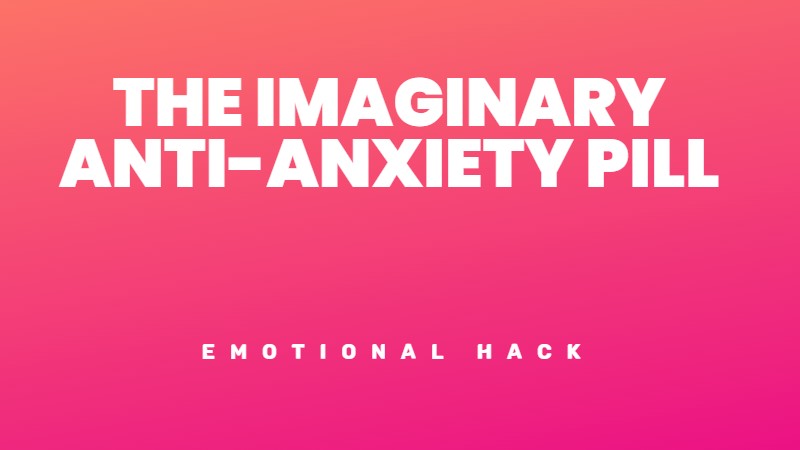Painful memories can be a significant obstacle to our emotional well-being, hindering our ability to live fully in the present. By understanding the process of letting go and implementing proven strategies, we can learn to release the grip of these memories and reclaim our peace of mind.
Step 1: Face your memory
The first step in letting go of a painful memory is acknowledging its existence. While it may seem counterintuitive, remembering the memory in detail can be crucial to the healing process. Take a moment to sit with the memory and identify the sights, sounds, and feelings attached to it.
Example:
Sarah had been struggling with the memory of a traumatic accident for years. She decided to confront the memory head-on by sitting in a quiet space and allowing herself to recall the details of the incident. She noticed the sound of screeching tyres, the smell of burning rubber, and the overwhelming feelings of fear and helplessness. By identifying these elements, Sarah took the first step towards processing and releasing the memory.
Step 2: Let yourself feel your emotions
Once you have identified the memory, it is essential to allow yourself to feel the emotions associated with it. Trying to avoid or suppress these feelings only prolongs the healing process. Instead, give yourself permission to experience the emotions fully without judgment.
Example:
Mark had been carrying the weight of a failed relationship for months. He decided to process his emotions by writing in a journal. He poured out his feelings of sadness, anger, and regret onto the pages, allowing himself to experience each emotion fully. As he wrote, Mark began to feel a sense of relief and clarity, realizing that holding onto these emotions was only causing him more pain.
Step 3: Spot your memory triggers
Our memories are often triggered by specific sights, sounds, or smells. We can better understand and manage our emotional responses by identifying these triggers.
Example:
Emily experienced a wave of anxiety every time she smelled freshly cut grass, as it reminded her of a severe panic attack she had while attending a summer picnic. Determined to overcome this trigger, Emily began to spend more time outdoors, gradually exposing herself to the scent while engaging in calming activities like yoga or reading in the park. Over time, she began associating the smell of cut grass with relaxation and peace.
Step 4: Switch your memory
When a painful memory is triggered, replacing it with a more positive or neutral one can be helpful. By consciously shifting our focus to a different memory, we can begin to train our brains to associate the trigger with something less emotionally charged.
Example:
David had been haunted by memories of a car accident every time he saw a red sports car, the same type of vehicle involved in the crash. He decided to try substituting the memory by focusing on a pleasant road trip he had taken with friends in a similar car. Whenever he saw a red sports car, David would consciously recall the laughter, music, and sense of adventure from the trip, gradually weakening the association with the accident.
Step 5: Take care of yourself
Our physical and mental well-being plays a significant role in our ability to process and let go of painful memories. Practising a healthy lifestyle can create a strong foundation for emotional healing.
Example:
Rachel had been struggling with intrusive memories of past trauma, finding that stress and lack of sleep exacerbated her symptoms. She prioritised her well-being by establishing a regular sleep schedule, eating a balanced diet, and incorporating daily exercise into her routine. As she nurtured her physical and mental health, Rachel found that the painful memories began to lose their grip on her life.
Patience and self-compassion
Letting go of painful memories is a gradual process that requires patience, self-compassion, and a willingness to confront difficult emotions. By following these five steps—identifying the memory, processing your emotions, finding triggers, substituting the memory, and practising a healthy lifestyle—you can begin to release the burdens of the past and reclaim your emotional well-being.
Healing is not a linear journey, and there may be setbacks along the way. Be kind to yourself and celebrate each small victory as you work towards mastering the art of letting go. With time and practice, you will find that the painful memories no longer hold the same power over you, and you will be able to embrace the present with a renewed sense of peace and clarity.
In the words of Lao Tzu, “When I let go of what I am, I become what I might be.” By releasing the painful memories that no longer serve you, you create space for personal growth, healing, and a life filled with joy and possibility. Take a deep breath, trust in the journey, and know you have the strength to let go and transform your life.




Deja tu opinión sobre esto